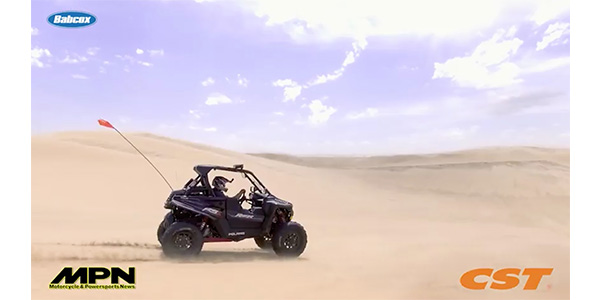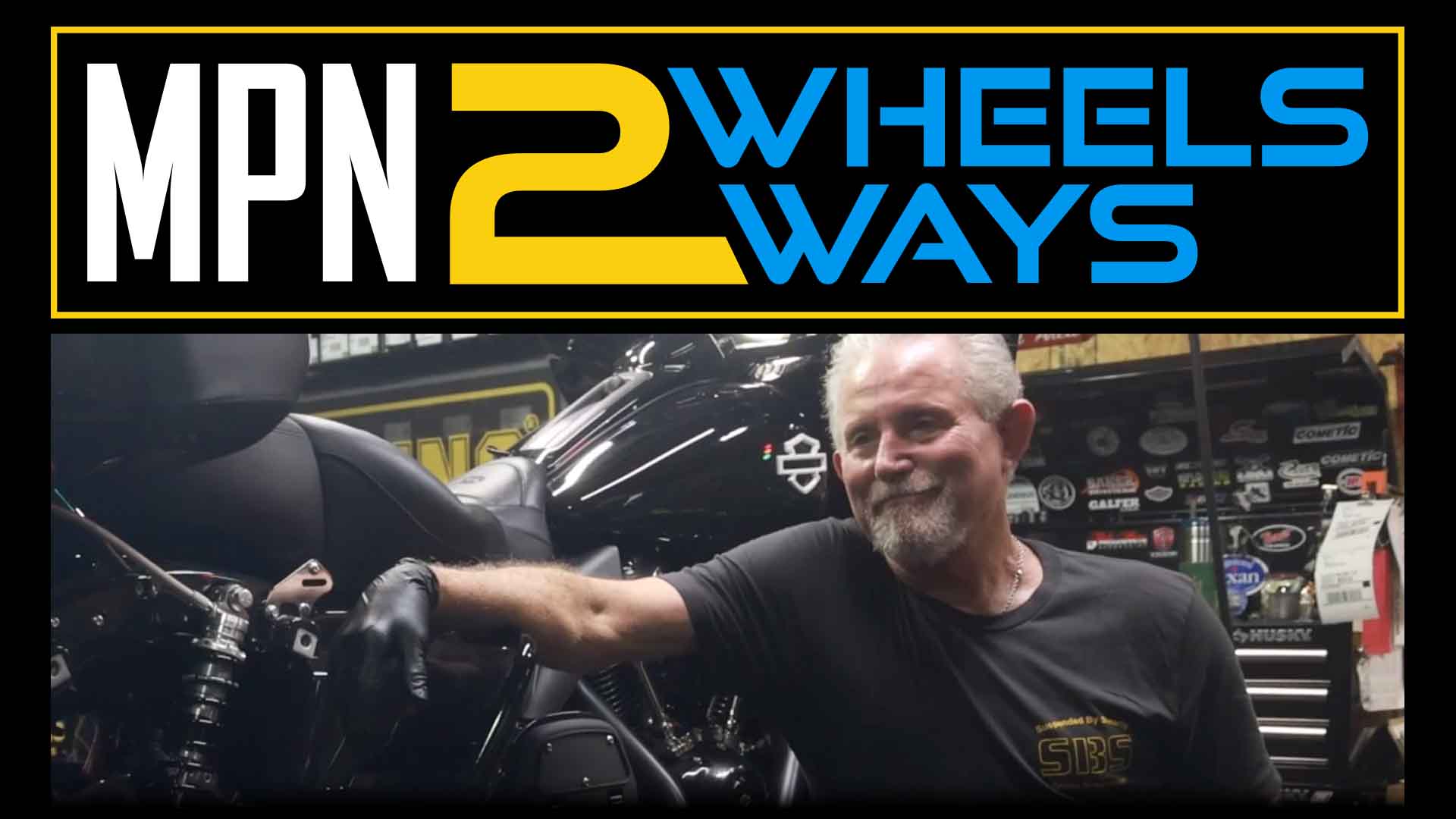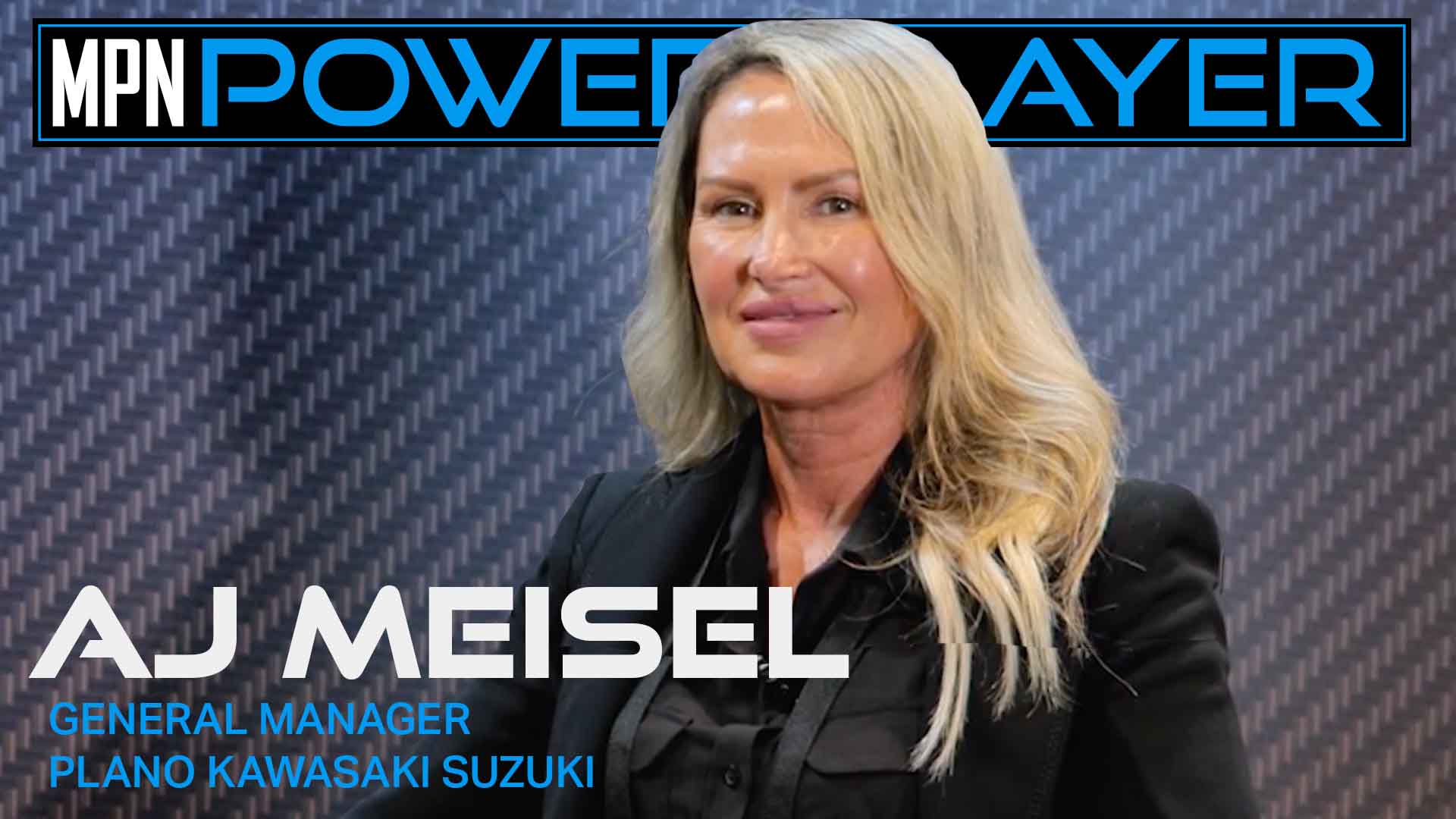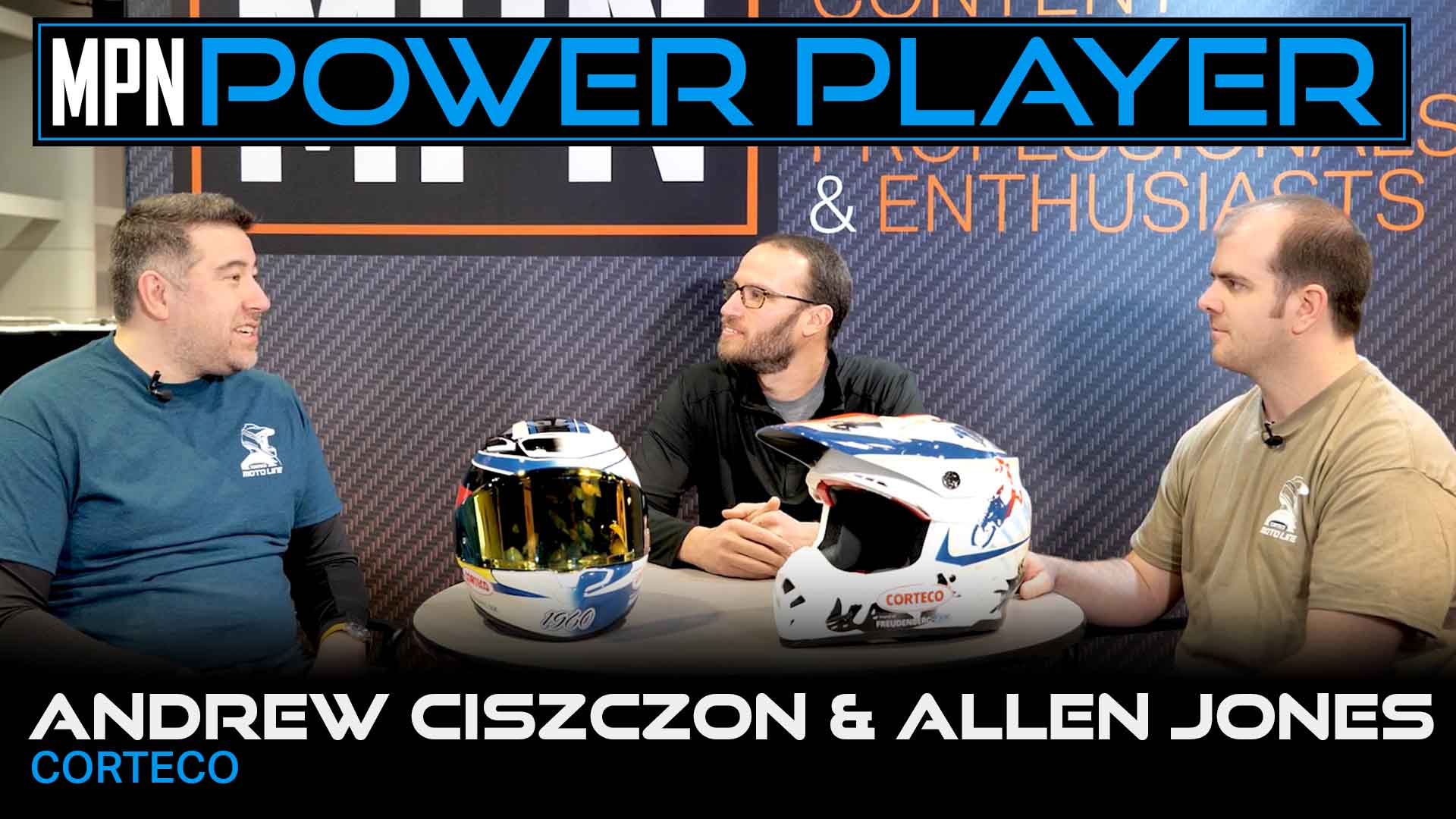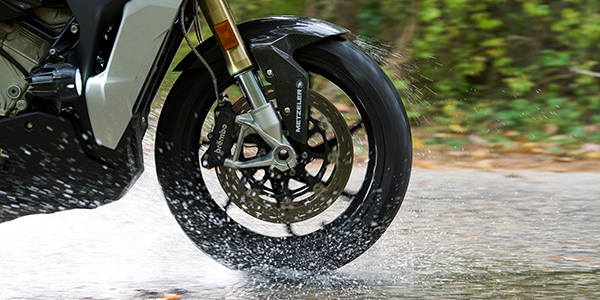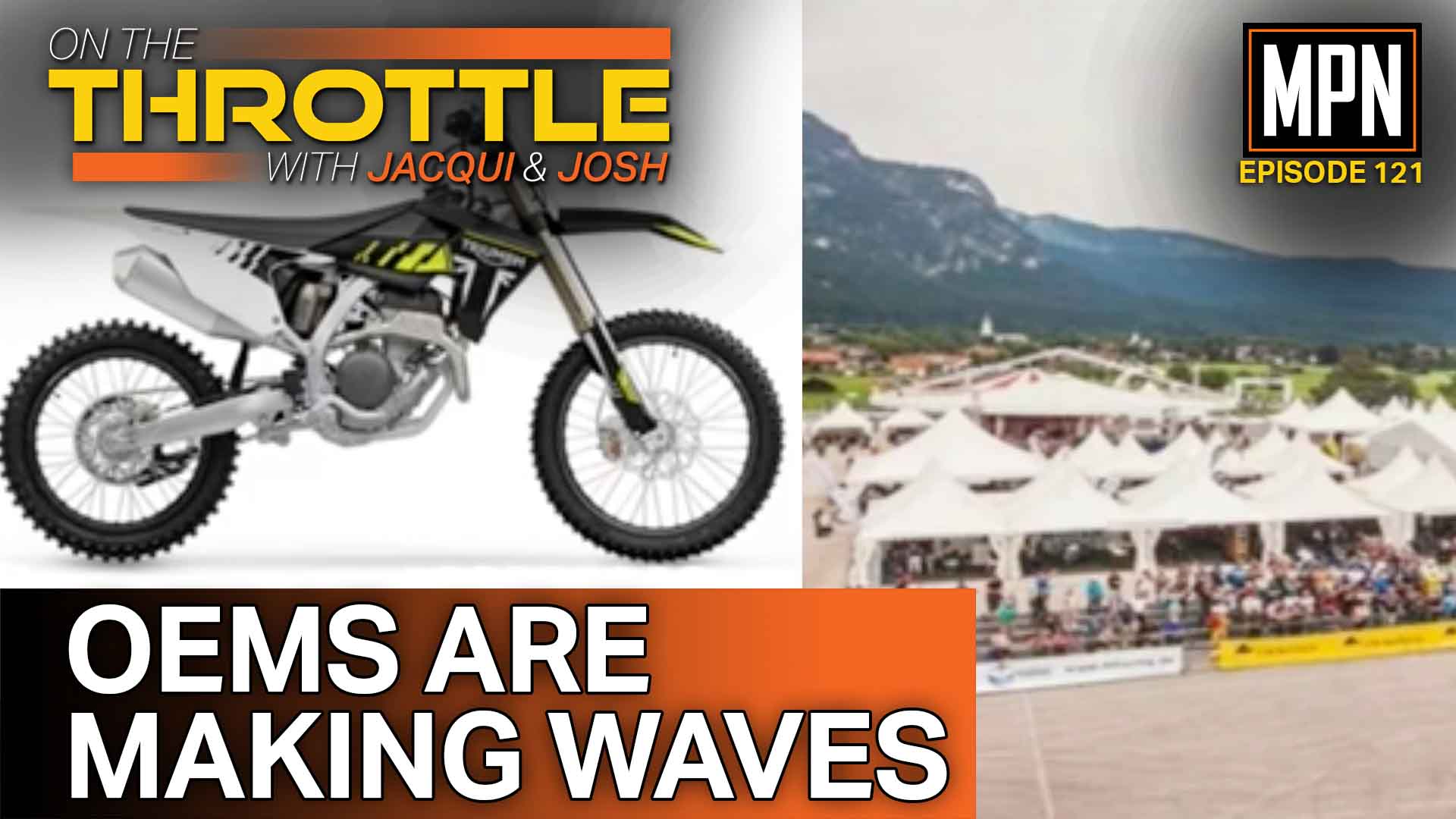This video is sponsored by CST Tires.
Tires are manufactured using many different ingredients including multiple different types of rubber, fillers, chemicals, fabrics and steel.
The rubber compound itself is primarily a blend of rubber and fillers and varies between tires. It has a direct effect on every aspect of tire performance including wear, traction and rolling resistance and it is formulated specifically for an intended use.
Once the rubber compound is mixed up, which includes the addition of various chemicals and curing agents, it is formed into a continuous sheet which is then fed to different machines that are used to create the tread base, sidewall, bead, inner liner and corded sections of the tire.
The fabric or steel cords are pressed into the rubber compound to form the body plies, the tread and sidewalls are extruded, and the inner liners and bead sections are formed.
The tire components are then assembled by a series of machines that builds the tire then transfers it into a mold.
Once in the mold, the final process of curing takes place. During this process, rubber compound flows into the mold to form the tread and sidewalls and chemical reactions take place to bond the components together.
Soft, intermediate and hard compounds give a rider a number of different options for tire performance. A soft compound grips better and a hard compound will last longer and is more durable, but there is still no set formula of what is best and when.
Typically, harder compounds are used on softer surfaces to strengthen the knobs on a tire and softer compounds are used on harder surfaces.

